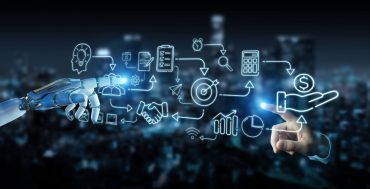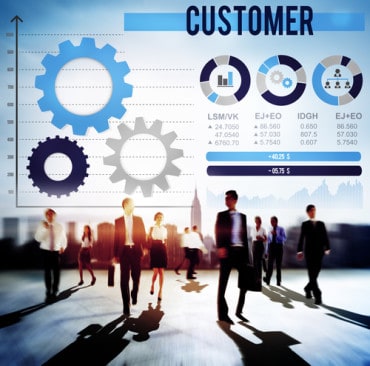
Real-time performance reviews, staffing analyses, and employee mood indicators? Welcome to the world of digital HR analytics.
The convergence of big data, connected devices, and analytics is creating innovation in many business areas, including the once-stodgy domain of human resources.
The real-time HR revolution is happening on several different levels. First, there’s engagement between organizations and job applicants that enables applicants to track the progress of their candidacy. After a hiring offer is made, there’s a real-time onboarding process that enables both HR departments and employees to track benefits, hours worked, and any overtime. Online training platforms allow for instant reviews of employee progress with skills development.
Go deeper and it gets intriguing. Today’s generation of HR analytics tools and platforms help business and HR leaders develop and coordinate workforce planning and staffing strategies, making adjustments where and when they are needed. There is even a way to track employee performance real time, providing opportunities for feedback or training as needed, versus waiting for annual performance reviews.
Evolving the performance review dinosaur
If anything, the traditional annual performance review may be “going the way of the dinosaur, as digital metrics now provide an ongoing, real-time picture of employees’ performance, helping to identify areas where additional help may be required,” as stated in a report I helped develop with Adobe and Forbes Insights.
“Digital HR brings this vision closer to reality, providing improved access to employee performance metrics, which even may be viewed in real time, ensuring highly interactive feedback when it is needed. Performance data can be integrated with other forms of data, such as compensation, schedules, work history, unit performance, and training.”
Along with real-time performance monitoring, real-time surveys can help executives and managers keep on top of any issues affecting employees. As detailed in a recent issue of Business Insider, HR managers at one company were able to track employee sentiment, in real time, to discover issues with a local transportation service that was affecting employees’ ability to get to work.
The employee “mood indicator” proved to be a valuable way to maintain morale. As the article explains it, the HR team can “reach out to anyone who is feeling low or negative…. Most people are happy that someone is listening to them, and it prevents smaller issues from festering.” Another company is even piloting a “Happiness Index” to help maintain productivity and alleviate turnover.
People analytics
In a recent report, Josh Bersin, principal with Deloitte Consulting, calls this trend a shift toward “people analytics.” This converges with another major shift in HR, which is “a new understanding that feedback and always-on engagement measurement are critical to business success.”
New types of employee sentiment analysis tools — including pulse survey tools, employee mood-monitoring systems, culture and engagement assessments, and other forms of Yelp-like feedback tools that enable employees to provide anonymous or confidential feedback to others — “are identifying management problems, leadership gaps, safety and compliance issues, and fraud and theft problems never before made visible.”
This is all leading to “an explosion in real-time engagement evaluation,” Bersin continues, noting that this is supported by a new generation of “always-on, pulse-based survey and feedback systems.” Customer and marketing teams “have been developing innovative ways to gather and measure customer input for decades,” he adds. “Today, companies are finally starting to do the same with their employees.”





























